After Ardahan: Reflections on a journey to the homeland

It seems fitting when a pack of dogs greets us at Turkey’s Ardahan border entry point. I am about to enter the land of my ancestors for an educational pilgrimage from May 25 to June 7 in western Armenia. George Aghjayan is leading Meline Haratunian, sisters Maral and Mary Choloyan and me on our first journey to this part of the homeland.
First in line, passport in hand, I wait for the border guard to look up from his computer screen and process my entry into Turkey, whose roads I have never traveled and whose air I am now breathing with the hesitancy of someone submerged for the first time into deep waters for a two-week undersea exploration.
The preceding early morning hours traveling by taxi from Yerevan to Georgia’s border with Turkey were spent looking out the window at new sites and suppressing misgivings about taking a journey I had planned for many months on safer shores.
Now sitting in the pre-arranged handoff taxi in Turkey with a Kurdish driver behind the wheel, trepidation is replaced with reckless exhilaration. I am in the yergir (homeland), the political now revealed in grass and mountain, wildflower and stream. I conjure my ancestors’ memories of this place, recalling the poplar trees and poppies mentioned in family storytelling and see them everywhere, abundant and familiar.
Everything must be documented during the first kilometers on the way to our destination: Dikranagerd/Diyarbakir. I photograph road signs and try to capture the undeniable natural beauty I see. The taxi driver heads into Erzurum and Kars cities on the way, stopping at the few remaining buildings known to have Armenian significance. He expects us to take photos in exchange for his efforts, so I dutifully record this fortress and that church now serving as a mosque or museum. Blood red crescent-and-star flags are everywhere, and I can feel oppression’s incessant beat in the background.
By the time we enter Diyarbakir, my exhilaration has tempered. Walking Diyarbakir’s streets, I start to register primary-level lessons in how Turkey’s selective erasure of Armenians from their indigenous places co-exists with practiced silence by locals who resist disappearance efforts by identifying as Armenian.
By the time we enter Diyarbakir, my exhilaration has tempered. Walking Diyarbakir’s streets, I start to register primary-level lessons in how Turkey’s selective erasure of Armenians from their indigenous places co-exists with practiced silence by locals who resist disappearance efforts by identifying as Armenian.
We see numerous construction projects in progress funded by government and non-governmental organizations. One church-to-museum transformation involves Diyarbakir’s former Armenian Protestant church; another involves the city’s former St. Sarkis Armenian Apostolic church. Over 50 years ago, the city’s Armenian Catholic church was converted to Dicle University, but its student hall still bears the undeniable hallmarks of a church sanctuary, with telltale crosses visible here and there. Sometimes a church, such as Diyarbakir’s St. Giragos Armenian Apostolic Church, is rehabilitated and permitted to function as a community touchstone for Armenian Christians and Muslims alike. Local Armenians navigate this political reality to hold on to what is theirs, under rules not of their making stemming from state calculations about which structures will continue to exist and which will be “repurposed.”
We leave Diyarbakir and travel to Malatya, then Palou. On our first day in Palou, we drive to the Doudan Gorge in Yenikoy. This is where the Ottoman Turkish government led caravans of Armenians to their deaths during the 1915 Armenian Genocide. We head to Palou city, home of the notorious Palou Bridge from which Armenians were thrown to drown in the waters below. We ride along the scenic Tigris River and Hazar Lake where thousands more Armenians were killed in genocidal watery death. It is overcast and rainy as we drive by these places where the annihilation of a nation was attempted, but the sun begins to shine and a rainbow appears near a glowing cloud streaming silvery rays. The dissonance makes me cry. I refuse to photograph what I see, feeling it will help whitewash this place of murder and destruction. I wipe away angry tears and resolve to focus on the visit to my maternal ancestors’ village Baghin, Palou and my paternal ancestors’ village Osnag, Keghi, next on our travel agenda.
To prepare for these village visits, I tried to learn what I could about Baghin and Keghi in a naive effort to recognize places or markers. For Baghin, I relied on a book containing village memories of Baghin’s Armenian Genocide survivors, written in Armenian and published in 1966 by the Hairenik Association on the occasion of the Baghin Educational Society’s 75th anniversary. For Keghi, I relied on the Houshamadyan website and its posted Keghi materials translated from Armenian into English.
On the way to Baghin, my feelings are raw, and I feel exposed, perhaps because the Baghin book is rich in information and includes a chapter written by my grandfather, Kevork Hajaian, listing three pages of his garodner — longings — for his birthplace. The book also contains my great-grandmother Anna Mahdesian’s account of the Armenian Genocide in Baghin, which began in the village on June 5, 1915 and resulted in its complete erasure. The book also includes frank accounts of the precarious, asymmetric and sometimes deadly relationship Baghin had with the area’s Kurds and the tenacity of her villagers, who refused to leave their land and chose instead to rebuild again and again in the aftermath of brutal Kurdish pillaging and violent appropriation efforts.
These thoughts, and others that I cannot yet articulate, accompany me as we turn onto the dirt mountain road that leads us to Baghin, which seemingly sits on top of the world. We stop on the side of the road where four mountain currents converge, and I collect rocks the color of red onion-skin Easter eggs for loved ones back home. In the main area of the remaining village, two Kurdish summer residents approach our small group: a younger man who agrees to answer questions about current conditions and an older man who informs us that the village “is ours now” and walks away with a rifle strapped across his back.
I snap photos of one of the springs I must have read about in the book and the two stone walls remaining from the village priest’s house. We are told that the cemetery and church no longer exist. We are shown the bare, grassy hill along the road where shops and businesses once served villagers. I take more photos and dig up dirt, spooning the earth into a plastic sandwich bag labeled “Baghin.” Half-dazed and relieved to have my rocks and dirt, I look around one more time before we leave.
The following day in Keghi’s Osnag village, an older Kurdish man tells us about the former Armenian places and shows us where the cemetery and church had been located. I sit under a shade tree on a large rock thought to have once been part of the cemetery chapel and think about my paternal grandmother, Lucig Shehrerian Bargamian, who witnessed the murder of her entire family somewhere in this area in 1915. I wonder what path she, her sister-in-law and her two young boys took to escape to eastern Armenia, where they were eventually found by my grandfather who had been in the United States. Once again, I forage for stones and dig dirt that I seal carefully in a sandwich bag marked “Keghi” to distribute to my siblings.
During these two days, I feel relief in all that is found and anger for all that is lost. The dust of our martyrs covers everything, but I am standing on lands that the Genocide’s architects never intended for someone like me to see.
We continue to travel roads, paved and unpaved, elsewhere in Keghi, then Sepastia, Kars and Van. We help take inventory of what remains in our historical places, never knowing what we will find. Sometimes we are met with churches repurposed into homes, cow stables, mosques, garden sheds or schools. Other times we are met with an empty field and silence, or intact towering khachkars and proud churches. They are worn by the elements and violated by treasure-seekers but hold hundreds of pilgrim crosses and countless prayers for our people’s continued survival and growth. We connect, disconnect and reconnect to all that we see around us. We rail against every absence of the word “Armenian” in museums that purport to share history but nevertheless describe the makers and authors of artifacts decorated with Armenian designs and letters as “Urartian.”
The press and pressure of Turkish government denial impact my equilibrium in this place I have always called homeland but have been physically disconnected from for my entire life. I think about our claim to western Armenia and the concurrent lack of organized efforts to visit her places and connect with the Armenians who remain, whether recovered or still hidden. Visiting western Armenia to discover and deepen the relationship with our homeland’s Armenian places is a declaration of our continuing moral and political objectives, not a pleasure trip through eastern Turkey.
The press and pressure of Turkish government denial impact my equilibrium in this place I have always called homeland but have been physically disconnected from for my entire life. I think about our claim to western Armenia and the concurrent lack of organized efforts to visit her places and connect with the Armenians who remain, whether recovered or still hidden. Visiting western Armenia to discover and deepen the relationship with our homeland’s Armenian places is a declaration of our continuing moral and political objectives, not a pleasure trip through eastern Turkey.
Since I’ve returned to my corner of the Armenian nation in Michigan, I’ve been asked how the trip went and what I thought about western Armenia. I haven’t been able to compress my thoughts into a neat narrative, but after Ardahan, I better understand that western Armenia’s proximity to independent Armenia is close on the map yet distant from too many hearts and minds. While Turkey drew lines and changed place names after its genocidal effort to kill our nation’s body and spirit, and its border with Armenia remains closed today, hidden and open Armenians remain within those historic spaces where today’s villagers still remember our domestic and sacred places, and gorges and rivers hold the remains of our sainted martyrs. A vital component of the Armenian cause can be developed and nurtured in the pockets of hope existing in our historic homeland’s communities, if more people would visit western Armenia. This will require those who think traveling to western Armenia acquiesces to Turkey’s anti-Armenia and anti-Armenian government policies to rethink self-imposed red lines and rules.
As our centuries-old churches and cemeteries of yore wait for more of their scattered children to return and visit, continued self-imposed distance and disconnection from our historic places benefits Turkey, not the Armenian nation. The mustard seed’s worth of faith needed to overcome anger and fear of the unknown can be found in every palm, leading more pilgrims to take their own pathway to western Armenia, undergirded by belief in eventual reparation and justice.
Today, after Ardahan, I hold my own mustard seed and examine wounds newly revealed in the truth of my ancestral homeland’s dirt and stone. Those elements and my memories of all that still stands in western Armenia have deepened my longing for eventual wholeness and peace for our people and point toward a new signpost on this pilgrim’s personal and political journey.




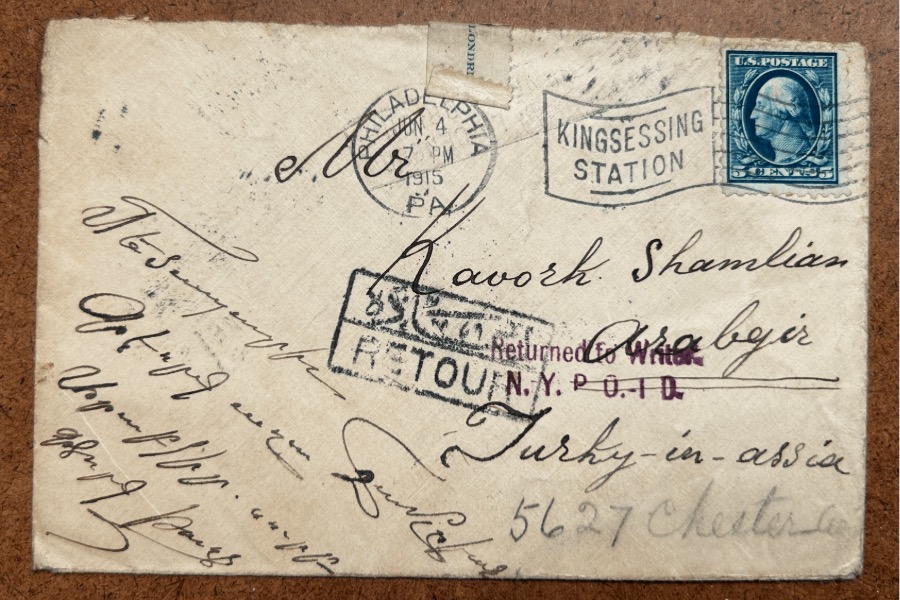









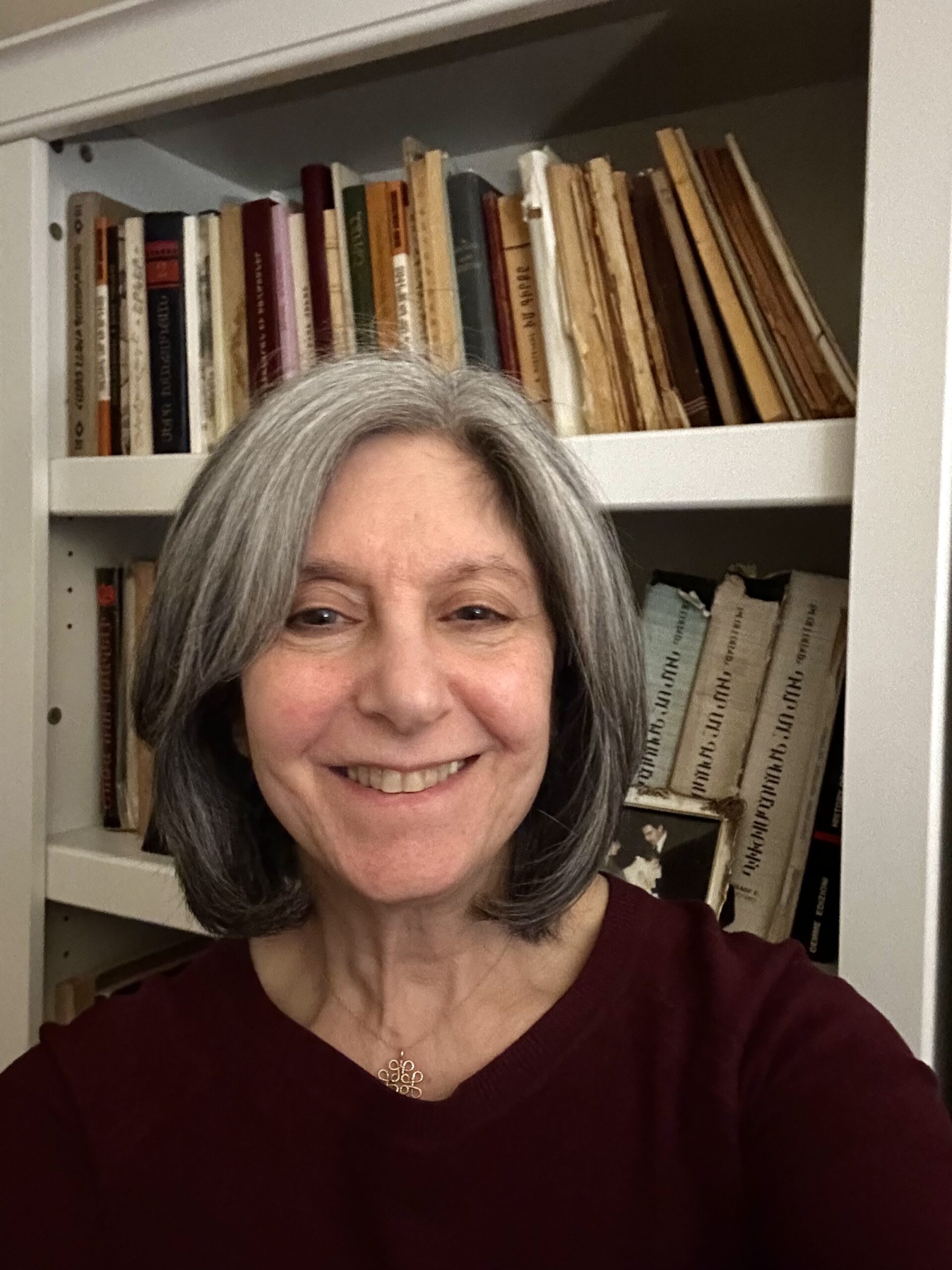

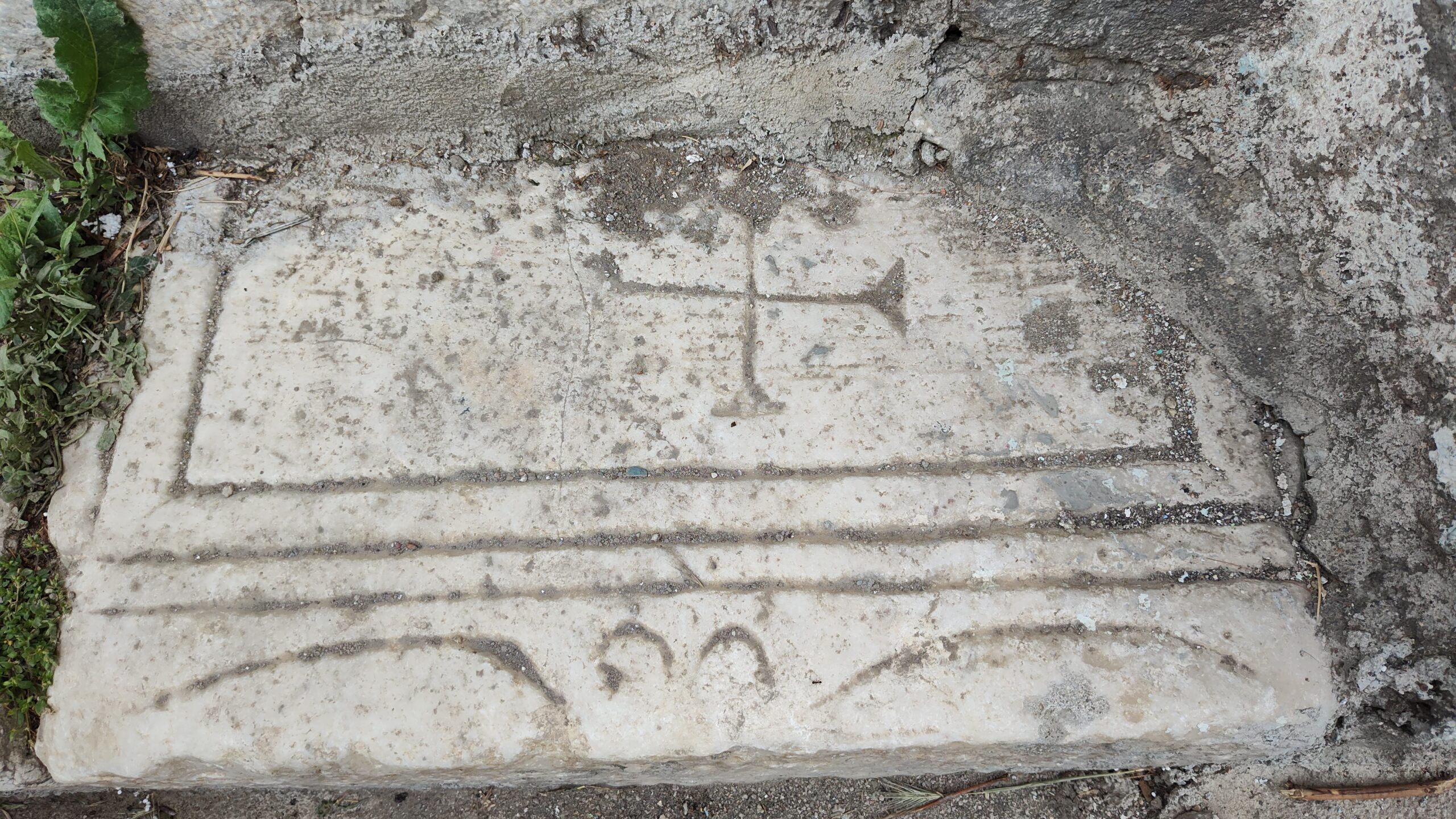
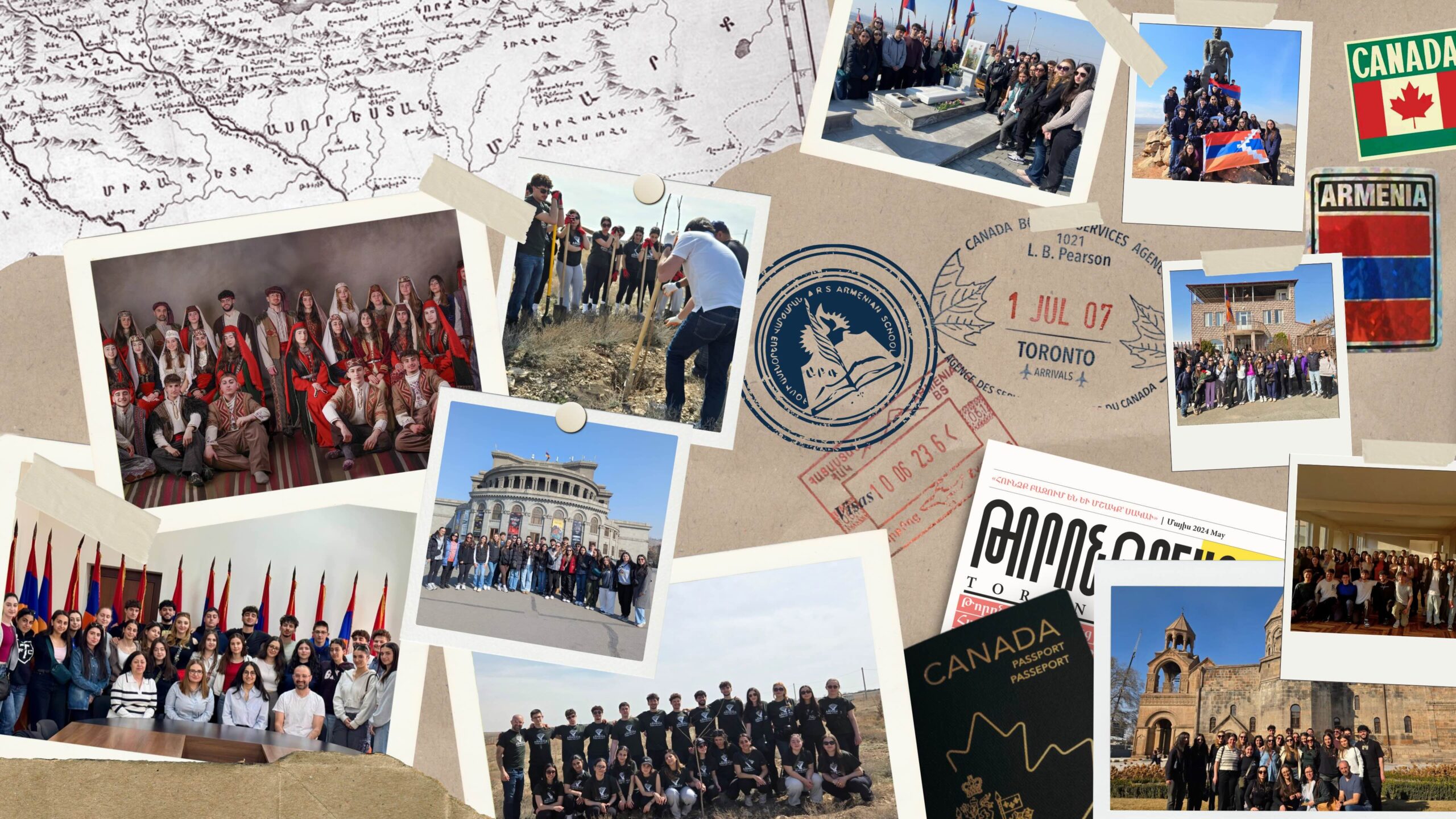
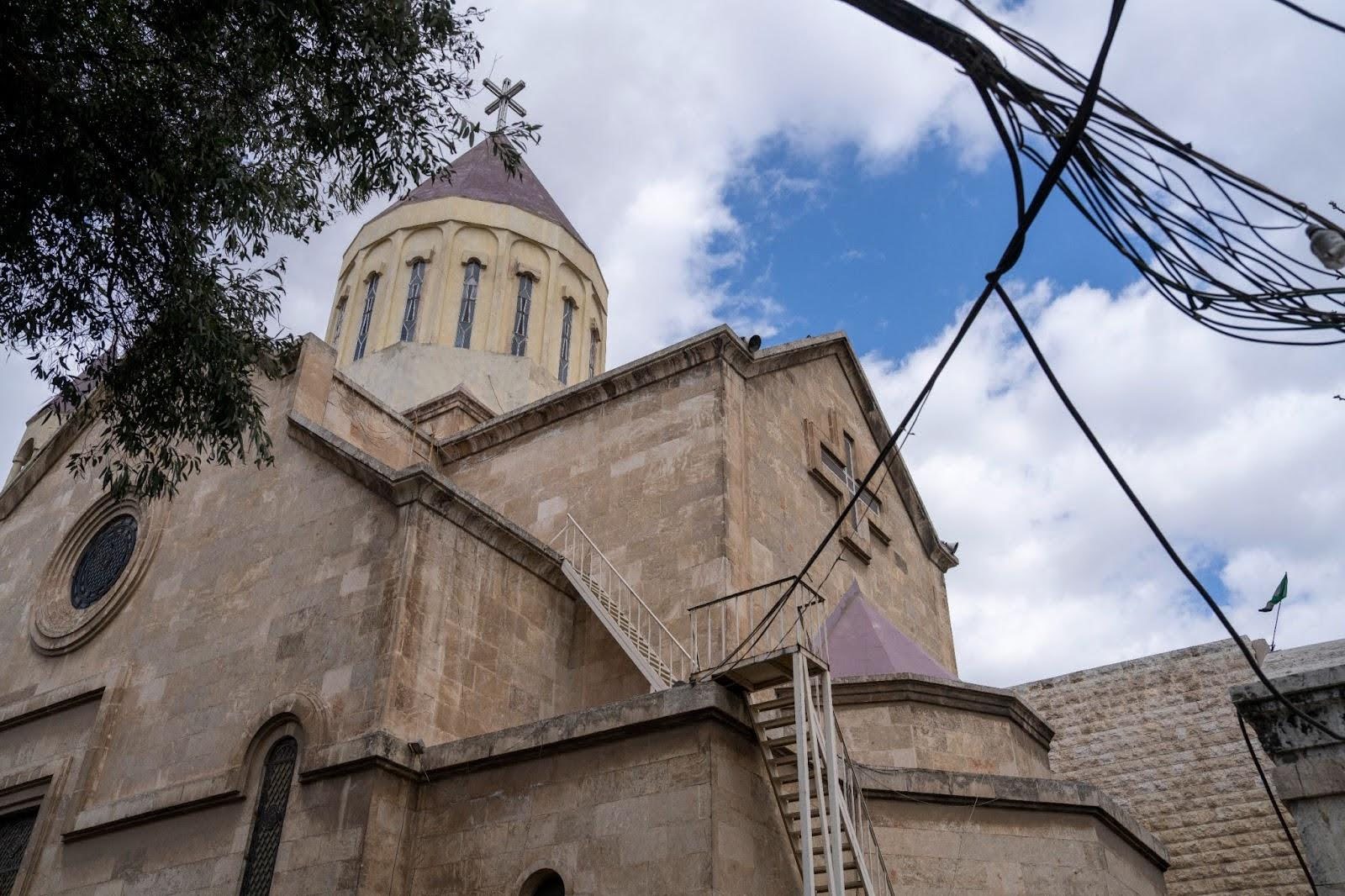
What a poignant description of a remarkable journey. You eloquently captured the importance of revisiting our ancestral lands as well as the spectrum of emotions that such a pilgrimage elicits. Thank you for sharing your insights with us all.
You have put into words what we have felt as our essence through your poignant exposé. Pilgrimmage personifies what we are all experiencing as our continued loss of what was but mostly what could have been …
Very touching and inspiring. I hope to make the journey someday soon – thank you for this essay.